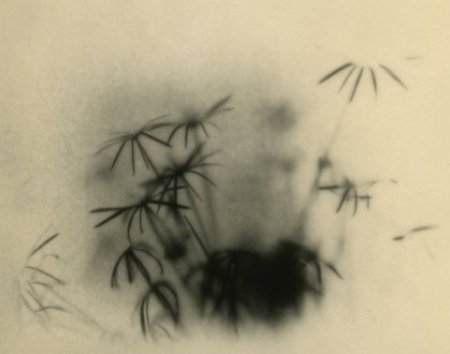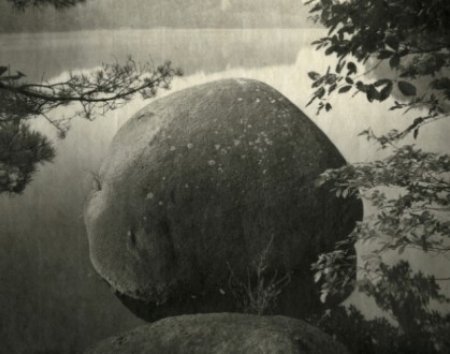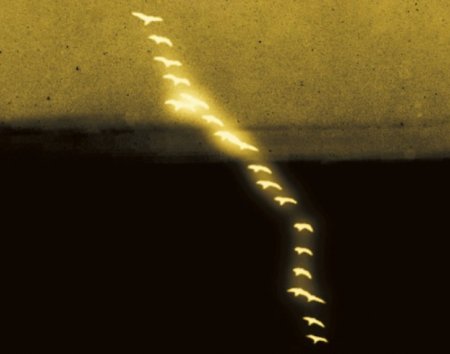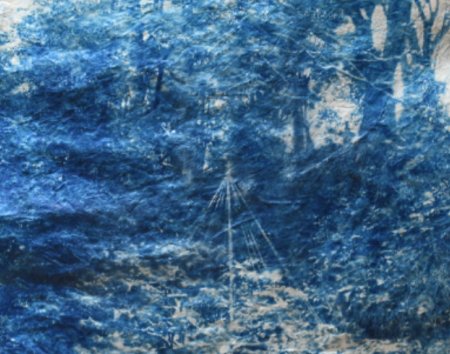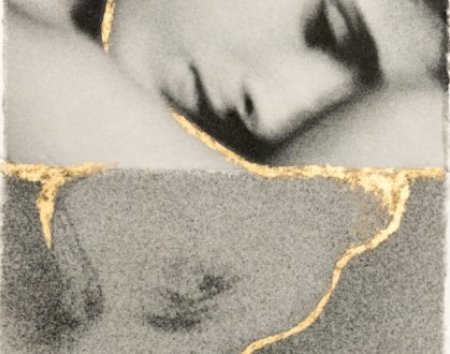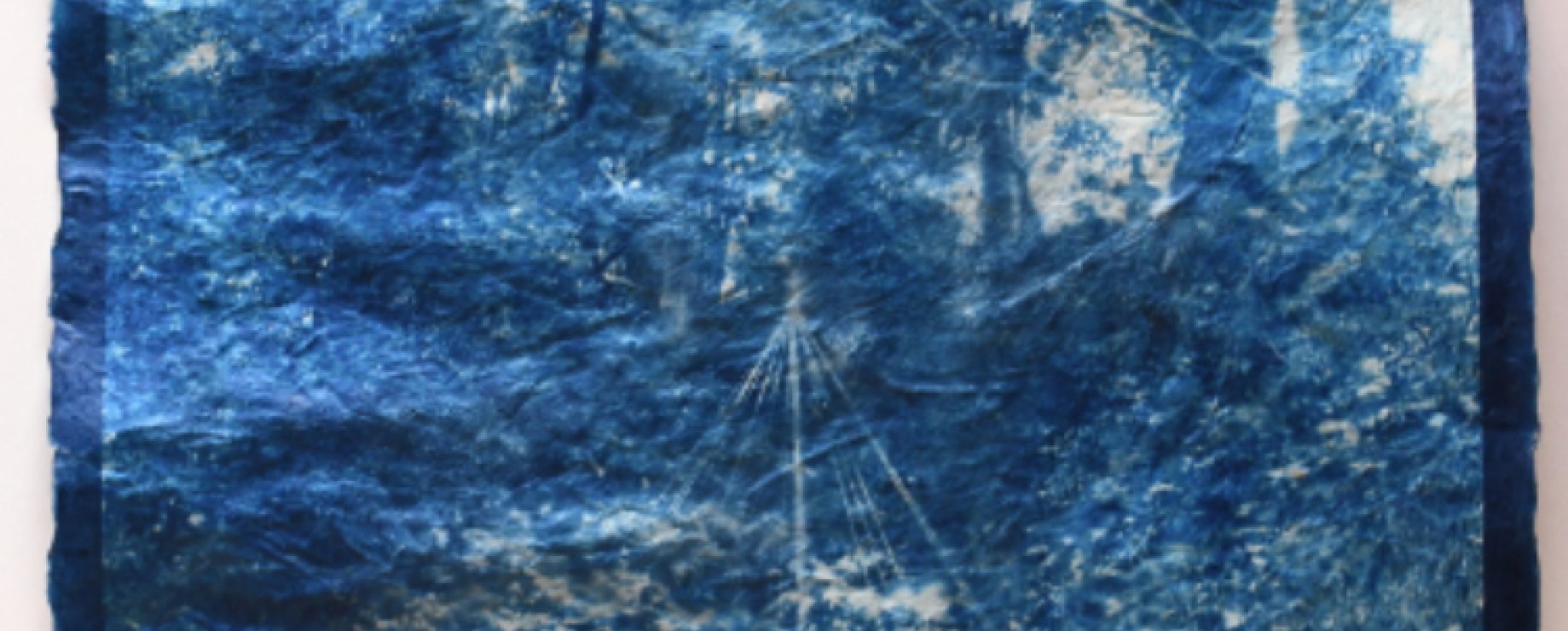
The exhibition explores the concept of Wabi Sabi. It is not easy to describe this concept in words. It is a way of seeing things. Wabi Sabi stands for a Japanese aesthetic of the beauty of things imperfect, impermanent and imcomplete and of things modest, humble and unconventional. The acceptance and appreciation of the transience and imperfection play an important role in Wabi Sabi.
Exhibition review Wabi-sabi. Japanese aesthetics in photography and ceramics Sieboldhuis Leiden, The Netherlands, 23 september 2022 t/m 15 januari 2023
The exhibition starts with works by Mika Horie. She uses her own handmade paper and the technique of cyanotype (blue) photography, making use of sunlight. Here we see Wabi Sabi in an extensive laborious process, from the harvesting of the gampi for the paper to the cyanotype printing using sunlight, and the acceptance of the inherent uncertainties and imperfection of the result of this process.
What follows is a wonderful and interesting journey showing many manifestations of Wabi Sabi in more than a hundred photographs and ceremics. The seventeen artists whose works are on display are from Japan and outside Japan, inspired by Japan and the concept of Wabi Sabi. We see the acceptance of imperfection for example in photographs made with the use of alternative printing techniques and printed on handmade paper, or thin washi paper. In photographs the influence of Wabi Sabi can also be seen in the choice of subject, for example a swarm of sparrows caught in the moment, showing a unique split second of their movement. In ceramics the concept of Wabi Sabi can be seen in the organic shapes, the type of clay and the earthy colors of the objects. Several ceramic objects are made with the ‘Kintsugi’ technique, in which broken fragments are joined with laquer and gold, leaving a gold seam where the cracks were.
Through the works on display we see the three principles of Wabi Sabi 'nothing is perfect, nothing is finished and nothing is forever'. These echo three Zen Buddhist ‘keys to existence’ : everything is impermanent, it is impossible to realize our desires and there is emptiness, no ego, or you have nothing to add to your existence. After viewing the photographs and ceramics in the exhibition one has more understanding of the concept of Wabi Sabi and the many forms it can take both in the technique and the subject matter. At the same time, the best way of getting to understand this concept is looking at the objects.
Unfortunately, the exhibition catalogue is sold out. Hopefully a second edition will be printed even though the exhibition has nearly ended. It will run until 15 January 2023.
Through the works on display we see the three principles of Wabi Sabi 'nothing is perfect, nothing is finished and nothing is forever'. These echo three Zen Buddhist ‘keys to existence’ : everything is impermanent, it is impossible to realize our desires and there is emptiness, no ego, or you have nothing to add to your existence. After viewing the photographs and ceramics in the exhibition one has more understanding of the concept of Wabi Sabi and the many forms it can take both in the technique and the subject matter. At the same time, the best way of getting to understand this concept is looking at the objects.
Want to continue reading?
Become a member
Individual or institute*
2 x Andon per year
Access to the online Andon Collection
Access to SJA activities and news
Access to a world wide network
*€85 outside the Netherlands€75 / €85 per year
Partner membership*
Access to the online Andon Collection
Access to SJA activities and news
Access to a world wide network
* It is required that the partner lives at the same address.€25 per year
Student membership*
2 x Andon per year
Access to the online Andon Collection
Access to SJA activities and news
Access to a world wide network
* A scan of a recent student ID is required.€40 per year
Already a member?
Login